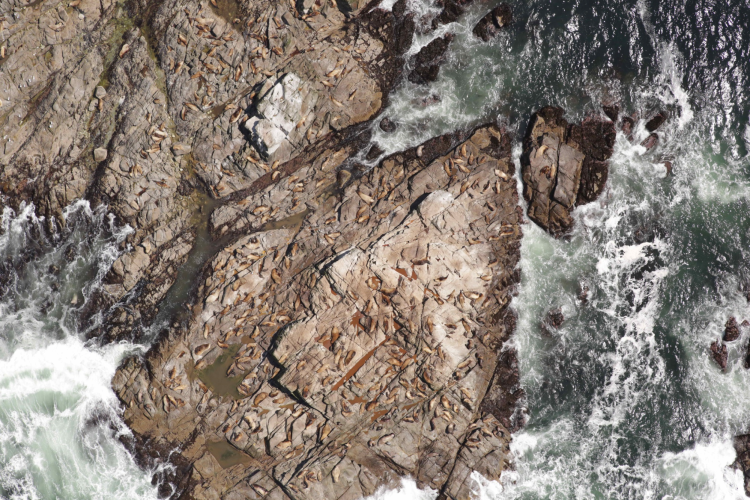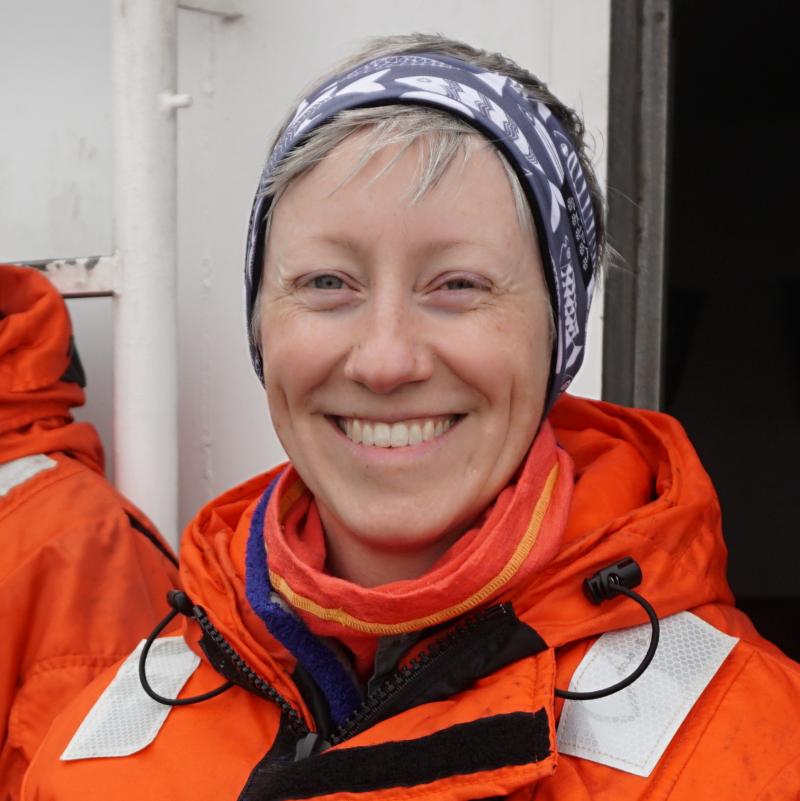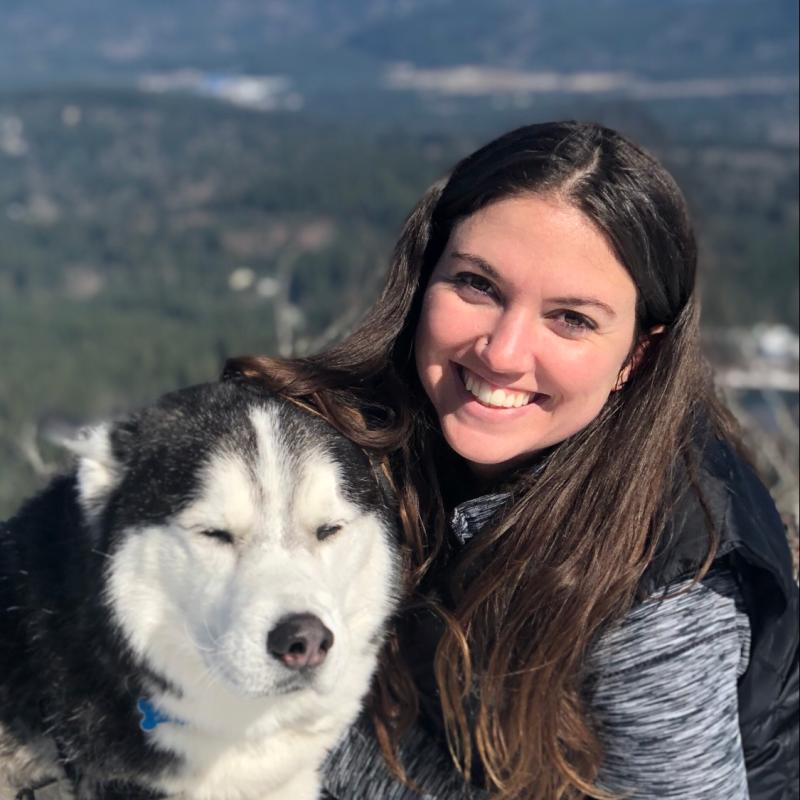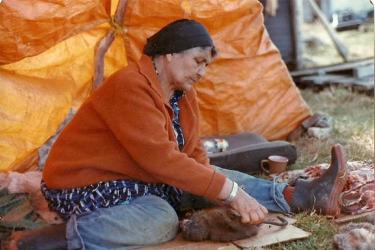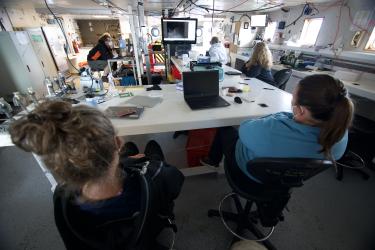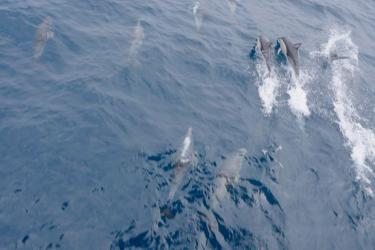Week of June 6, 2021
This summer, AFSC staff are partnering with NOAA’s Aircraft Operations Center to conduct our annual aerial survey of Steller sea lions in Alaska. We canceled the 2020 survey due to the COVID-19 pandemic and, after two years away, we are so excited to get back in the field!
Monitoring the abundance (how many) and distribution (location) of Steller sea lions is one of the top priorities of the Alaska Ecosystems Program (AEP) of the Marine Mammal Laboratory. Each summer, sea lions gather on shore to give birth, mate, and care for newborn pups. We take advantage of this season to count how many sea lions are on land and, in turn, estimate changes in their population size.
Our tried-and-true method for collecting count data is an aerial survey - in fact, Steller sea lions have been surveyed this way since the 1950s! With the help of NOAA’s Aircraft Operations Center, we fly over known sea lion rookery (or breeding) and haul-out sites in a Twin Otter airplane. Cameras mounted in the belly of the plane take high-resolution images of the sites below (more on this in a future post). Back in Seattle, researchers review those images and count the number of Steller sea lions at each site.
There is a catch, though: the window of opportunity to photograph the most sea lions on land is only about three weeks. After that, they begin to disperse (including the young pups!) and spend more time at sea. Despite our ability to cover a lot of ground in the Twin Otter, Steller sea lion sites are spread out over more than 2,500 miles of Alaskan coastline and weather conditions aren’t always favorable enough to fly safely and capture high-quality images. For these reasons, we split sites into three survey areas (see image below). In the Twin Otter aircraft, Southeast Alaska and the Gulf of Alaska are surveyed in odd-numbered years and the eastern and central Aleutian Islands are surveyed in even-numbered years. Most summers, AEP also conducts uncrewed aerial system surveys of sites in the central and western Aleutian Islands as part of a Steller sea lion research cruise.
This year’s trip will be a little different from usual because we are incorporating extra safety measures to keep our field team healthy and COVID-free. Burlyn (co-blogger) and I will share more about this next week while we complete our 7-day Shelter in Place period in Anchorage. Until then, we’ll be busy preparing for our trip and packing warm clothes, sturdy shoes, datasheets, our marine mammal research permit, some books and crafts, and safety supplies! What would YOU bring on a four-week trip to Alaska?
